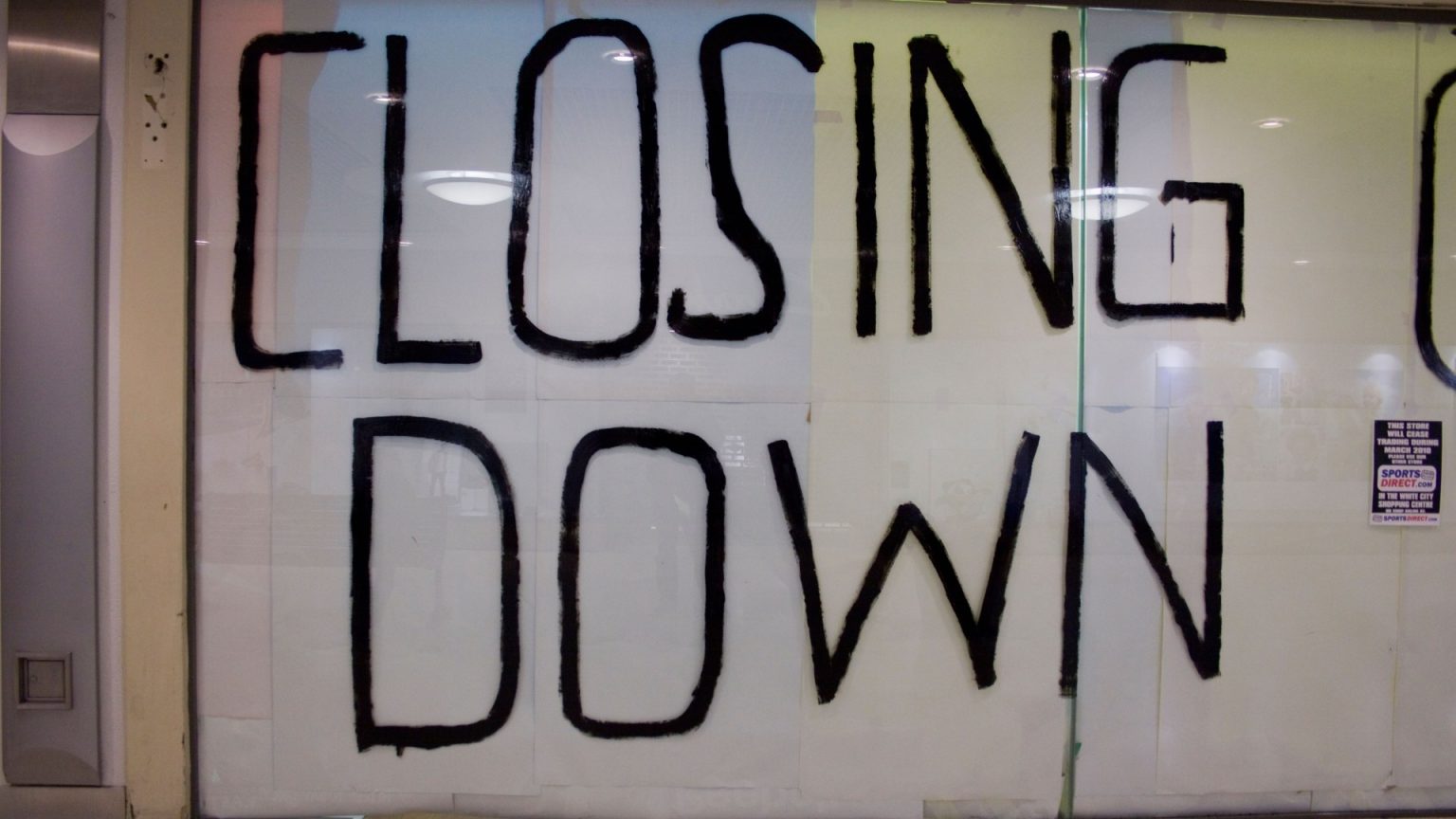Superdry, a popular fashion brand, is closing its Union Square Shopping Centre location in Aberdeen, Scotland, on February 15th. While signage suggests a relocation, the closure marks another loss for the city centre, adding to growing concerns about the decline of brick-and-mortar retail in Aberdeen. Customers have expressed disappointment, lamenting the loss of a favored brand and contributing to the narrative of a struggling high street. This closure follows a trend of Superdry store closures in 2024, driven by challenging economic conditions. The brand, once championed by David Beckham, shuttered 12 stores in the first half of the year, reducing its total number of branches to 96. These closures are part of cost-saving measures implemented in response to a significant drop in revenue and increasing losses. The company reported a nearly 25% decline in revenue to £219.8 million in the six months leading up to October 2023, alongside a near doubling of adjusted losses to £25.3 million.
Superdry’s departure from Union Square follows other recent closures, including Fat Face in January, leaving Aberdeen without a branch of either retailer. American clothing brand Hollister is also slated to close its sole Aberdeen location by the end of February. These closures underscore the broader challenges facing the retail sector, which has been significantly impacted by a confluence of factors, including high inflation and the increasing prevalence of online shopping. Consumer spending habits have shifted, and traditional retailers are struggling to compete with the convenience and often lower prices offered by e-commerce platforms. The retail landscape is undergoing a fundamental transformation, leaving many physical stores struggling to remain viable.
The retail sector’s struggles are not unique to Aberdeen; they are a nationwide phenomenon. The Centre for Retail Research (CRR) reported over 13,000 permanent high street store closures in 2024, a 28% increase from the previous year. This translates to an average of 37 stores closing every day, with both independent businesses and larger chains affected. While independent retailers accounted for the majority of closures (11,341), a significant number of chain stores (2,138) also shut their doors. Several prominent retailers, including Carpetright and Ted Baker, entered administration in 2024, highlighting the severity of the challenges facing the industry. Quiz Clothing is also reportedly on the brink of administration, potentially adding another 60 stores to the list of closures.
The CRR predicts a further escalation of store closures in 2025, estimating around 17,350 closures, driven in part by anticipated increases in employer National Insurance Contributions (NICs) and the national minimum wage. These rising costs add further pressure on retailers already grappling with declining sales and increased competition from online retailers. The increased financial burden associated with these hikes makes it even more difficult for businesses to maintain profitability, particularly those operating on thin margins. The changing economic landscape has created a challenging environment for traditional retailers, forcing them to adapt or face closure.
Several factors contribute to the ongoing decline of high street retail. The rise of online shopping has fundamentally altered consumer behavior, offering convenience and often lower prices. Falling in-store sales, coupled with rising staff costs, make it increasingly difficult for physical stores to remain profitable. The British Retail Consortium estimates that the planned increase in employer NICs from April 2025 will cost the retail sector £2.3 billion, further exacerbating the financial strain. The simultaneous rise in minimum wage adds another layer of complexity for retailers, forcing them to reassess their operating costs and potentially reduce staff or hours to maintain profitability. These combined pressures create a precarious situation for many businesses, particularly smaller retailers with limited resources.
Beyond the shift to online shopping and rising costs, the dynamics of town centres are also evolving. Some retailers are opting to relocate within a town centre, reflecting changing demographics and footfall patterns. However, the closure of prominent stores often leads to a decrease in overall footfall, creating a domino effect that puts other businesses at risk. The rise of retail parks further complicates the situation. Offering free and convenient parking, they attract shoppers away from town centres, where parking charges can be high. Major retailers like Next and Marks & Spencer have strategically closed high street locations in favor of larger stores in more successful retail parks, further contributing to the decline of traditional shopping areas. The changing landscape of retail requires businesses to adapt and evolve to meet changing consumer preferences and economic realities.


